Vintage Views: A really big tree
| Published: 01-21-2023 4:48 PM |
It was during the colonial period when we were still ruled by England that Concord residents were expected to act in a certain manner and certainly expected to consume imported products and pay their taxes. The streets here were all cobbled with small stones and most of the people walking our streets possessed a strong English accent, similar to the towns our ancestors departed over in England.
One expectation related to the old growth forest here in New Hampshire. The Royal Navy was constantly in need of masts for their ships and the virgin forest surrounding Concord and Hopkinton contained the tall white pines that the Royal Navy desired. There were actually people employed by the British government that traveled about the New England area during the 1700s with a heavy broad ax secured with the emblem of the British Crown, a tool used to mark each tree destined to be a mast on a British ship. This man would visit the local forests roaming free across private and public land and select only the finest white pines the countryside offered. Once selected the government agent would shave the bark from the side of the tree and swing his axe, leaving the mark of the crown on the side of the tree to declare it was the property of His Majesty’s Navy. Many colonists during this period were jailed for cutting down a tree that was marked with a crown. As the 1700s was concluding many of these coveted trees were disappearing and the selection was growing quite slim.
It was in 1750 when the proprietors of the township of Hopkinton renewed their grant. They procured a new title from the Lord Proprietors of John Tufton Mason. This title came with some covenants that were acknowledged at the signing, there was a stipulation that all suitable trees must be reserved for use by His Majesty’s Navy. So it was that just prior to the Revolutionary War a man arrived in Hopkinton and made it known that he represented the King of Great Britain. His role was simply to locate, claim and harvest the largest white pines for ship masts. He said his name was Chamberlain and he rode his horse from Hopkinton to Concord and back to Hopkinton once again. He found two enormous white pine trees, one in Hopkinton and another in Concord. The Hopkinton tree grew on the farm of Isaiah Webber about one mile north of the east village.
Chamberlain set about making plans to harvest both trees for the crown, hiring a team of experienced lumberjacks Chamberlain first cut the massive Hopkinton white pine tree. Captain Jonathan Chase was pleased to accept the job and set about chopping the pine to ready it for shipment to England. This tree was 110 feet long and measured three feet in diameter at the top. The massive tree was cleared of limbs and the trunk was set upon wheels and attached to a team of 55 yokes of oxen. This mast was destined to Sewalls Falls where it would be placed in the river and floated south to the sea. From the original location to Sewalls Falls stood several miles of thick forest, a forest that would have to be cleared with a new road for travel to the Merrimack River. The surface was exceedingly rough and at times the oxen were found to be lifted clear off the ground when encountering holes and hills. As the team reached the West Parish area in Concord they were upon a steep hill when a chain broke, sending the massive pine sliding quickly downhill until it crashed into another tree stopping it. This hill was referred to for years following as Tail Down Hill.
Upon reaching Sewalls Falls, Chamberlain supervised the delivery to the Merrimack River. It was unloaded and rolled into the waters of the Merrimack River. The mast rolled and then skipped above and below the surface of the water, passing our town quickly it was soon on the way to Manchester. The entire journey was monitored from the shore by Chamberlain sitting upon his horse.
As the floating white pine traveled about 20 miles it approached the Amoskeag Falls in Manchester. Waters were more turbulent in this area and Chamberlain grew more concerned as he witnessed the next moments from shore. The mast gained speed and impacted the falls in a most violent manner. To Chamberlain’s utmost fear, the massive mast broke in the middle, one half continued to travel down the river and ended up in a small cove in Andover, Mass. The Andover section of the large mast stayed there in the cove at Andover for many years until it succumbed to decay.
When the mast broke in two, Chamberlain was heard to say “I am ruined.”
Putting spurs into his horse he quickly road off into the surrounding forest. His bills unpaid, he was never seen or heard from again.
]]>Article continues after...
Yesterday's Most Read Articles
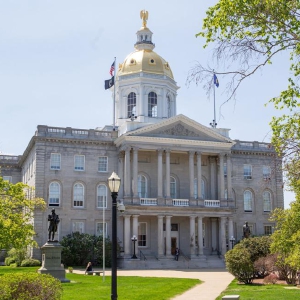 N.H. Educators voice overwhelming concerns over State Board of Education’s proposals on minimum standards for public schools
N.H. Educators voice overwhelming concerns over State Board of Education’s proposals on minimum standards for public schools
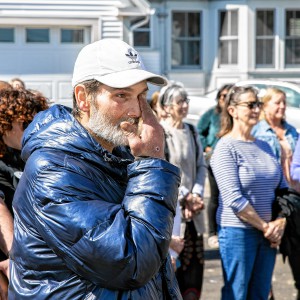 “It’s beautiful” – Eight people experiencing homelessness to move into Pleasant Street apartments
“It’s beautiful” – Eight people experiencing homelessness to move into Pleasant Street apartments
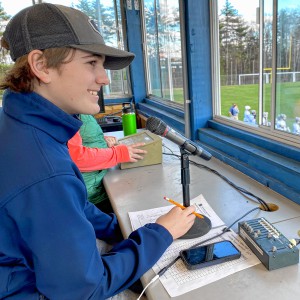 Voice of the Pride: Merrimack Valley sophomore Nick Gelinas never misses a game
Voice of the Pride: Merrimack Valley sophomore Nick Gelinas never misses a game
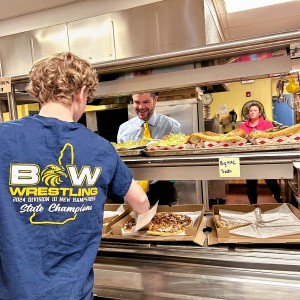 Matt Fisk will serve as next principal of Bow High School
Matt Fisk will serve as next principal of Bow High School
 Former Concord firefighter sues city, claiming years of homophobic sexual harassment, retaliation
Former Concord firefighter sues city, claiming years of homophobic sexual harassment, retaliation
 A trans teacher asked students about pronouns. Then the education commissioner found out.
A trans teacher asked students about pronouns. Then the education commissioner found out.


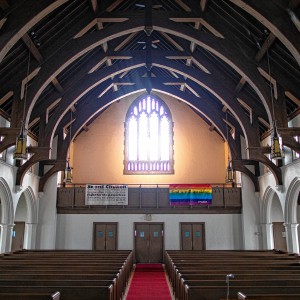 Construction of housing project in former Church to begin with parking dispute in the rearview
Construction of housing project in former Church to begin with parking dispute in the rearview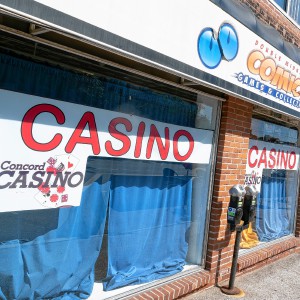 With less than three months left, Concord Casino hasn’t found a buyer
With less than three months left, Concord Casino hasn’t found a buyer Kearsarge Middle School drone team headed to West Virginia competition
Kearsarge Middle School drone team headed to West Virginia competition
